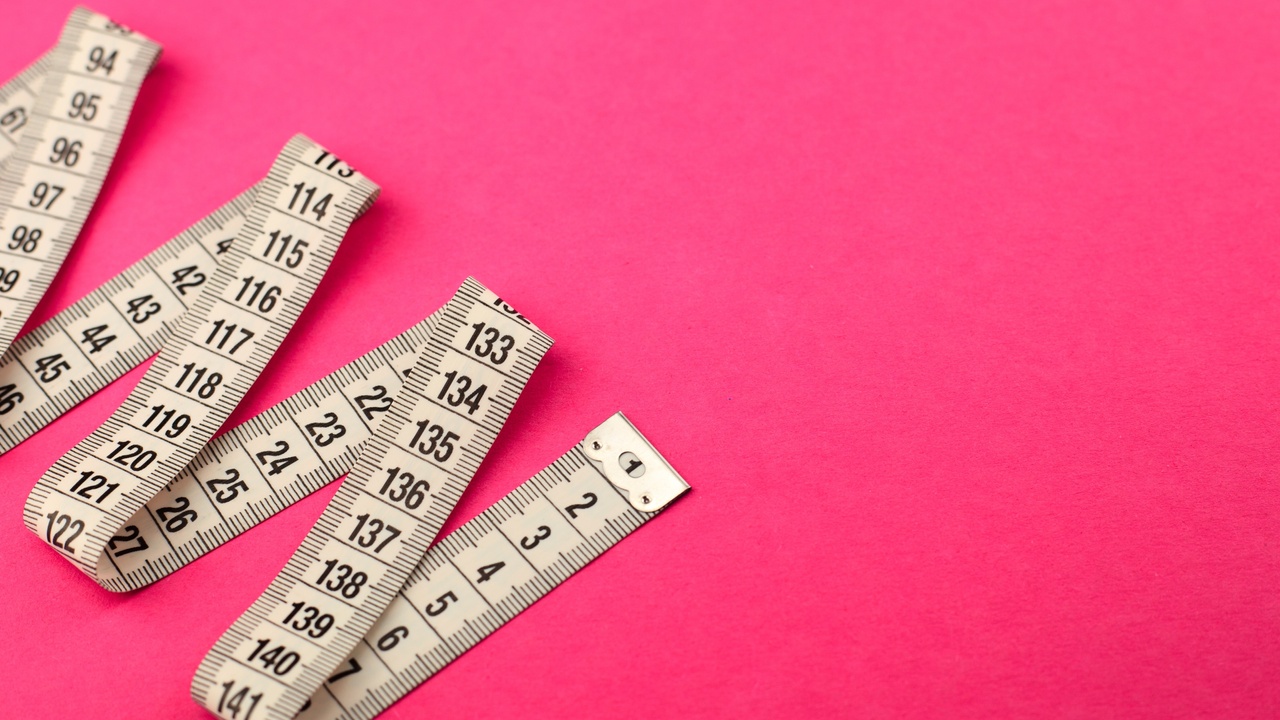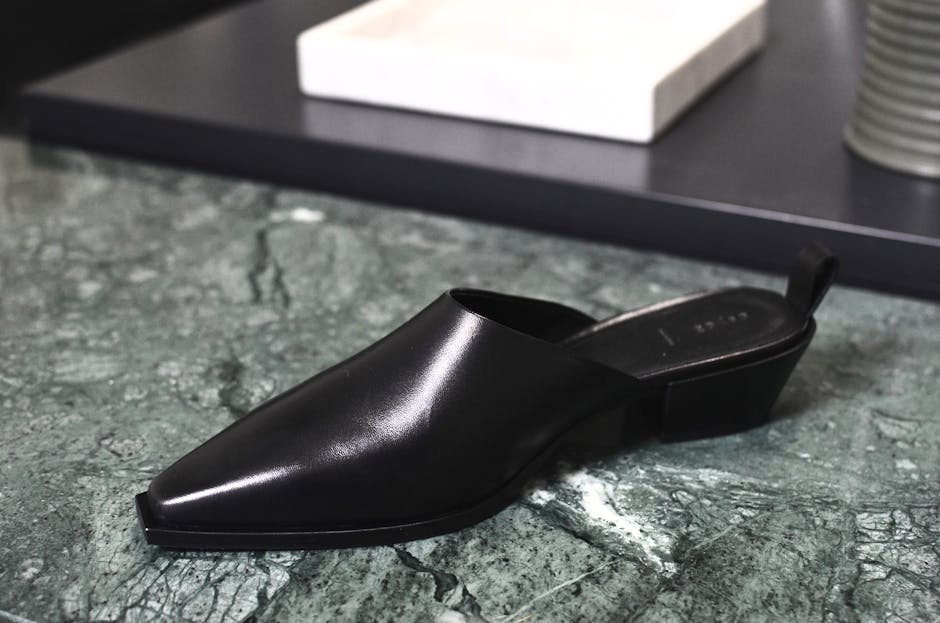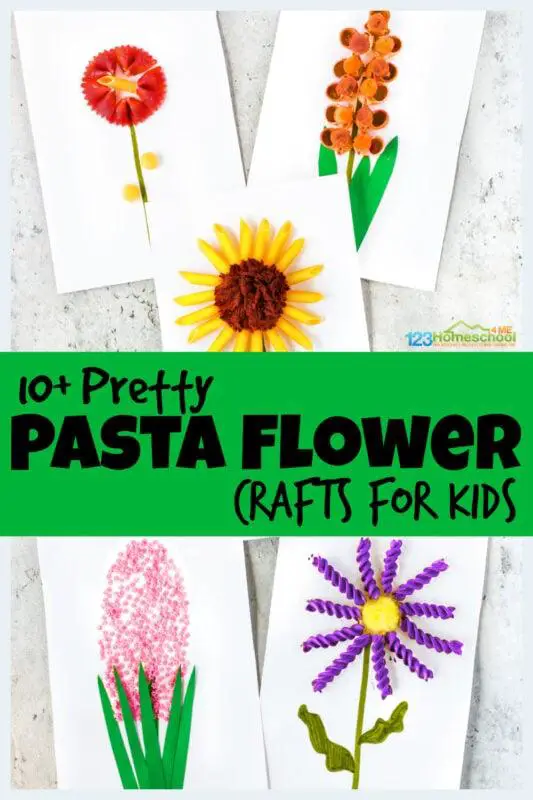In a world full of plastic waste and disposable everything, it’s time to get back to basics with some good old-fashioned green crafting! Whether you’re a seasoned DIY pro or just looking for a fun and eco-friendly project to pass the time, we’ve got you covered. From upcycling old materials to creating your own natural cleaning products, join us on a journey to a more sustainable planet, one craft at a time. So grab your glue gun and some recycled paper, because it’s time to get crafty and save the Earth one DIY at a time!
Contents
- 1 Benefits of Green Crafting for the Environment
- 2 Choosing Sustainable Materials for Your DIY Projects
- 3 Reducing Waste with Upcycling and Repurposing
- 4 Eco-Friendly Crafting Techniques to Minimize Environmental Impact
- 5 Creating Natural and Non-Toxic DIY Products
- 6 Incorporating Renewable Resources into Your Crafting Projects
- 7 FAQs
- 8 Get Crafty, Save the World!
Benefits of Green Crafting for the Environment
Green crafting is not only good for your creative soul but also for the environment. Here are some benefits that will make you want to pick up those recycled materials and get crafting!
First and foremost, green crafting helps reduce waste that would otherwise end up in landfills. By using materials that would have otherwise been thrown away, you are giving them a second life and keeping them out of the trash. Plus, it’s a great excuse to hold onto all those random bits and bobs that you just can’t seem to throw away!
Another benefit of green crafting is that it helps decrease the demand for new materials. By reusing items like old newspapers, glass jars, and fabric scraps, you are cutting down on the need for new resources to be extracted from the earth. Mother Nature definitely appreciates the break!
Not only does green crafting help the environment, but it also encourages creativity and resourcefulness. When you challenge yourself to make something beautiful out of materials that others might consider trash, you are flexing your creative muscles in a whole new way. Plus, the satisfaction of knowing you made something amazing from materials that were destined for the landfill is a feeling like no other!

Choosing Sustainable Materials for Your DIY Projects
Thinking about embracing your inner crafter and embarking on a new DIY project? Not so fast! Before you break out the glitter and glue, consider the impact of the materials you’re using on the environment. You don’t want Mother Earth giving you side-eye while you’re trying to make that Pinterest-perfect centerpiece, do you?
Instead of reaching for the traditional, not-so-eco-friendly options, why not get a little creative with your materials? Opting for sustainable alternatives can not only reduce your carbon footprint but also add a unique touch to your creations. Plus, using sustainable materials is a great conversation starter at your next craft night with the squad.
When it comes to choosing sustainable materials for your projects, the possibilities are endless. From recycled fabrics to upcycled wood, there’s something out there for every DIY enthusiast. Get ready to impress your friends with your planet-friendly crafting skills while also showing off your impeccable taste.
So, next time you’re getting ready to dive into a new project, think outside the box – or should I say, outside the landfill? With a little creativity and a lot of heart, you can create beautiful, sustainable masterpieces that will make both you and the planet proud. Happy crafting, eco-warriors!

Reducing Waste with Upcycling and Repurposing
Do you have a closet full of clothes you never wear? Don’t toss them out just yet! With a little creativity and some DIY magic, you can turn those old garments into something fabulous. Say goodbye to waste and hello to upcycling!
Take that old t-shirt and turn it into a trendy tote bag. All you need is a pair of scissors and some basic sewing skills. Not only will you be reducing waste, but you’ll also be strutting around town with a one-of-a-kind accessory that’s sure to turn heads.
Got some mismatched dishes collecting dust in your kitchen cabinets? Don’t throw them away – repurpose them instead! Turn that chipped teacup into a quirky succulent planter or transform those cracked plates into a stylish mosaic tabletop. The possibilities are endless when it comes to breathing new life into old items.
So next time you’re tempted to toss something in the trash, stop and think about how you can upcycle or repurpose it instead. Not only will you be helping the environment, but you’ll also unleash your inner creative genius. Reduce waste, get crafty, and make the world a little bit brighter – one upcycled creation at a time!

Eco-Friendly Crafting Techniques to Minimize Environmental Impact
Are you tired of leaving a trail of glitter and glue wherever you go? Look no further than these eco-friendly crafting techniques that will help minimize your environmental impact while still indulging in your creative hobbies.
Instead of buying brand new craft supplies, why not get creative with items you already have lying around the house? **Repurpose** old jars, bottles, and containers for storage or as a base for your next masterpiece. Not only will you be reducing waste, but you’ll also save money and declutter your space in the process.
When it comes to paint, **opt for water-based or plant-based paints** that are non-toxic and easier to clean up. You can also try your hand at **natural dyes** made from ingredients like fruits, vegetables, and spices for a unique and eco-friendly alternative to traditional synthetic dyes.
Instead of tossing out scraps of fabric or paper, get creative with **upcycling** projects like fabric scrap quilts or handmade paper cards. You’ll not only reduce waste but also create one-of-a-kind pieces that are sure to impress your friends and family.

Creating Natural and Non-Toxic DIY Products
Are you tired of using store-bought products filled with harmful chemicals? Well, fear not! Creating your own natural and non-toxic DIY products is easier than you think. With just a few simple ingredients, you can whip up your very own potions and lotions that are both safe for you and the environment.
Need some inspiration? How about trying your hand at making your own all-purpose cleaner using just white vinegar, water, and a few drops of essential oils for a fresh scent? Or maybe you’re more of a beauty buff and want to create your own homemade face mask using ingredients like honey, avocado, and oats. The possibilities are endless!
Not only are DIY products better for your health, but they’re also better for your wallet. Say goodbye to spending a fortune on pricey store-bought products when you can easily make your own for a fraction of the cost. Plus, you’ll have the satisfaction of knowing exactly what’s going into the products you use on your skin and in your home.
So why wait? Get creative in the kitchen and start concocting your own natural and non-toxic DIY products today. Your body and the planet will thank you!
Incorporating Renewable Resources into Your Crafting Projects
So you want to make your crafting projects a little more eco-friendly, huh? Well, lucky for you, there are plenty of ways to incorporate renewable resources into your next masterpiece. Here are a few ideas to get you started:
- **Bamboo**: This versatile material is not only sustainable, but it’s also incredibly strong and lightweight. Use bamboo skewers for a structural element in your projects, or even try your hand at carving some unique bamboo beads for jewelry.
- **Cork**: Don’t just save those wine corks for your next DIY cork board – you can also use them as stamps for printing on fabric or paper. Plus, cork is a natural insulator, so you can add a touch of warmth to your projects.
Looking for a way to add a pop of color to your crafts? Look no further than **natural dyes**. From onion skins to avocado pits, there are plenty of kitchen scraps that can be repurposed into vibrant, all-natural dyes. Plus, you’ll feel like a mad scientist mixing up your own color potions.
And last but not least, why not try your hand at **upcycling**? Instead of buying brand new materials for your projects, look around your house for items you can repurpose. Old buttons, fabric scraps, and even broken jewelry can all find new life in your crafting projects. Who says one man’s trash can’t be another man’s treasure?
FAQs
Why is green crafting important for the environment?
Because Mother Earth is tired of all the glitter and glue that ends up in landfills! Green crafting helps reduce waste and promotes sustainability by using recycled materials and eco-friendly supplies.
What are some creative ways to repurpose items for green crafting?
You can turn old mason jars into trendy terrariums, transform used newspapers into papier-mâché masterpieces, or even upcycle old t-shirts into colorful tote bags. The possibilities are endless!
How can green crafting help save money?
By using materials you already have lying around the house or can find for free, you can cut down on craft supply expenses. Plus, you’ll be saving money in the long run by reducing waste and consumption.
What are some easy eco-friendly DIY projects for beginners?
Try making your own beeswax wraps to replace plastic cling film, creating your own natural air fresheners with essential oils and dried herbs, or even crafting your own reusable cloth napkins instead of disposable ones.
How can green crafting help promote a more sustainable lifestyle?
By encouraging creativity and resourcefulness, green crafting can inspire people to think more consciously about their consumption habits. It’s a fun way to show that small changes can make a big impact on the planet.
Get Crafty, Save the World!
And there you have it, folks! With a little creativity and a lot of recycled materials, you can become a green crafting superhero, saving the planet one DIY project at a time. So grab your scissors, glue, and a whole lot of passion for sustainability, and let’s get crafting! Remember, every pinecone wreath, upcycled planter, and eco-friendly candle you make brings us one step closer to a greener, cleaner world. Happy crafting, and remember to always keep it green!
